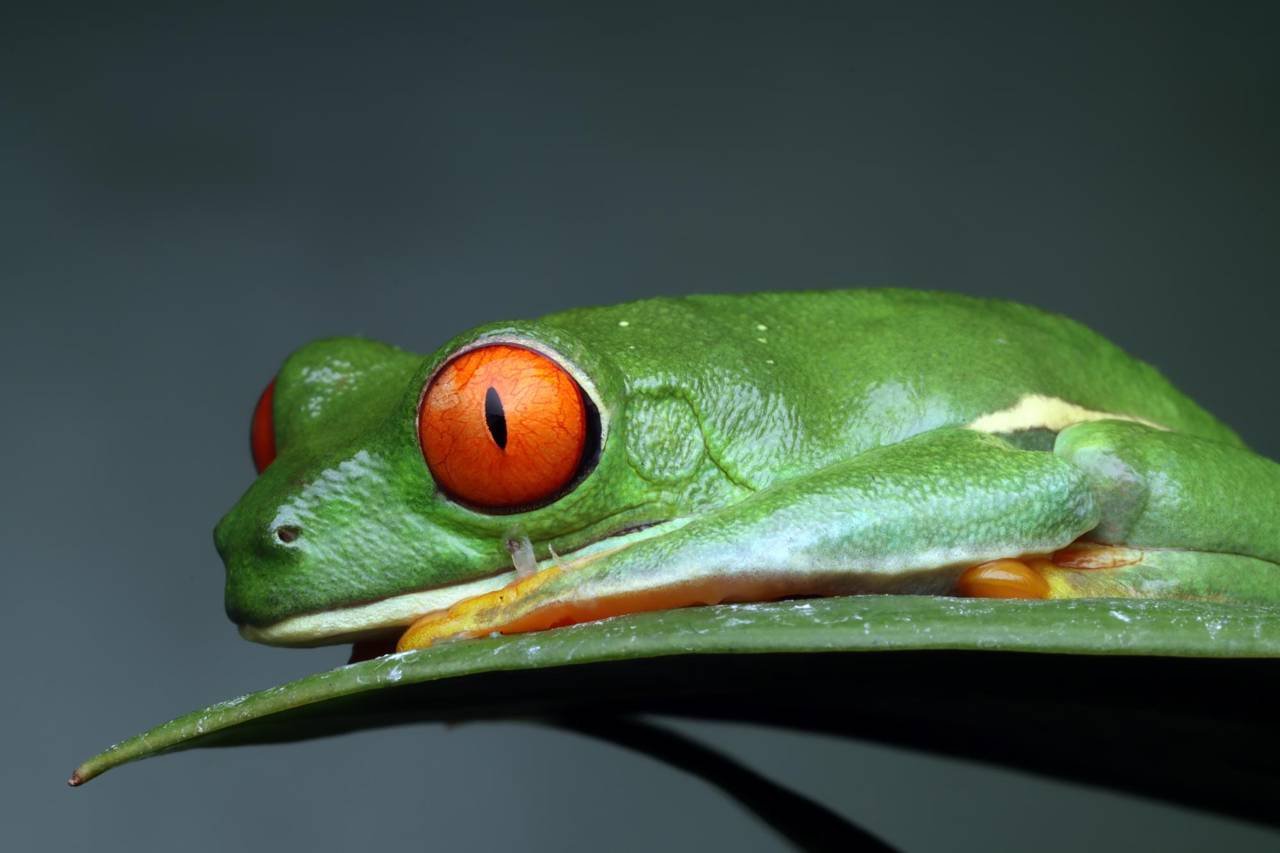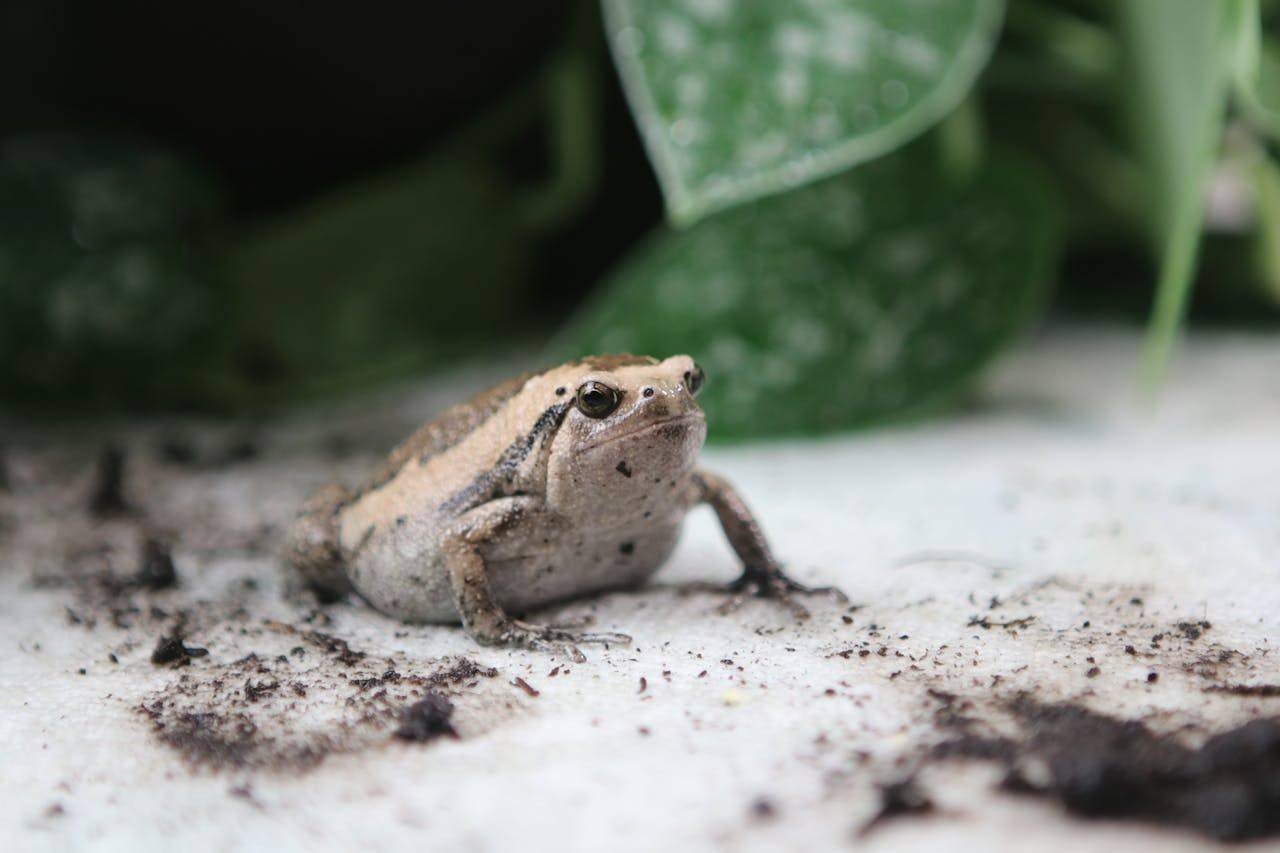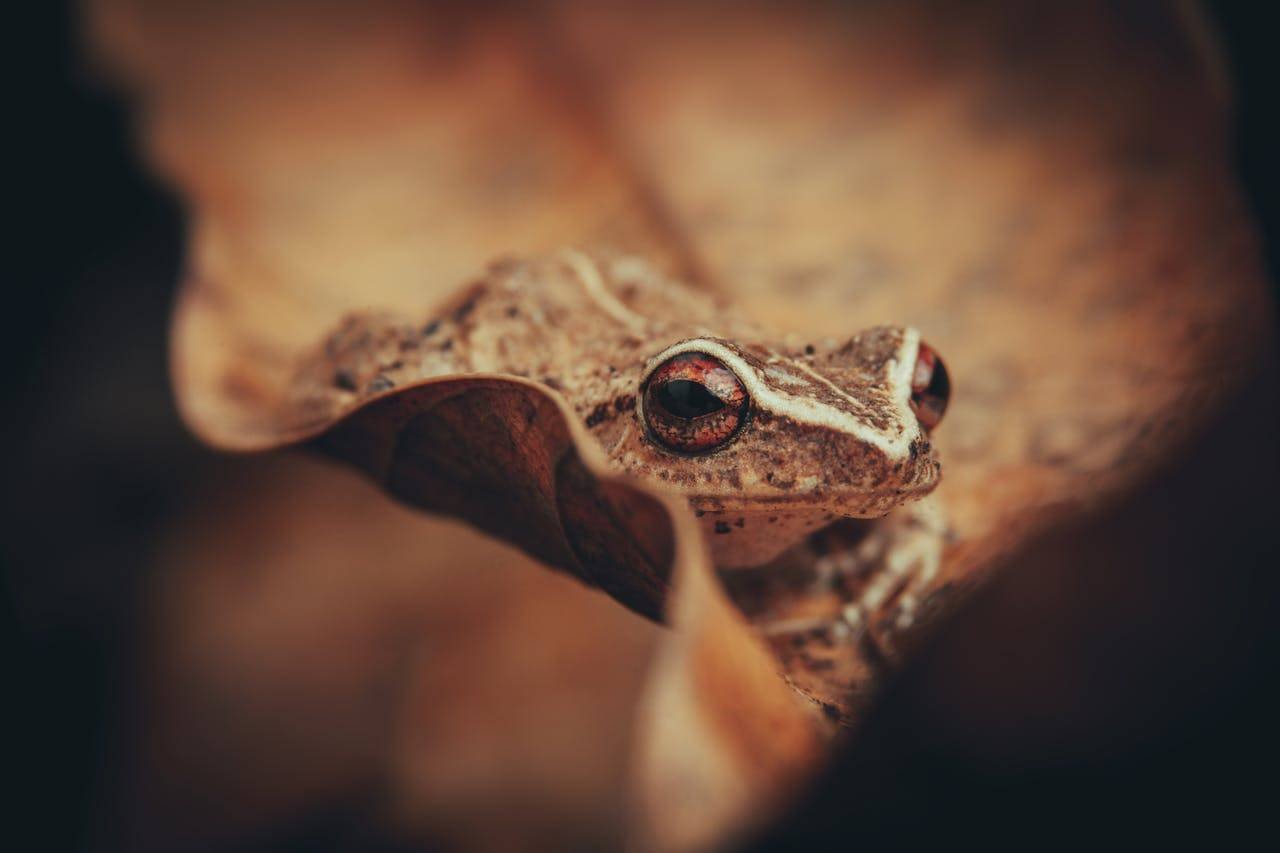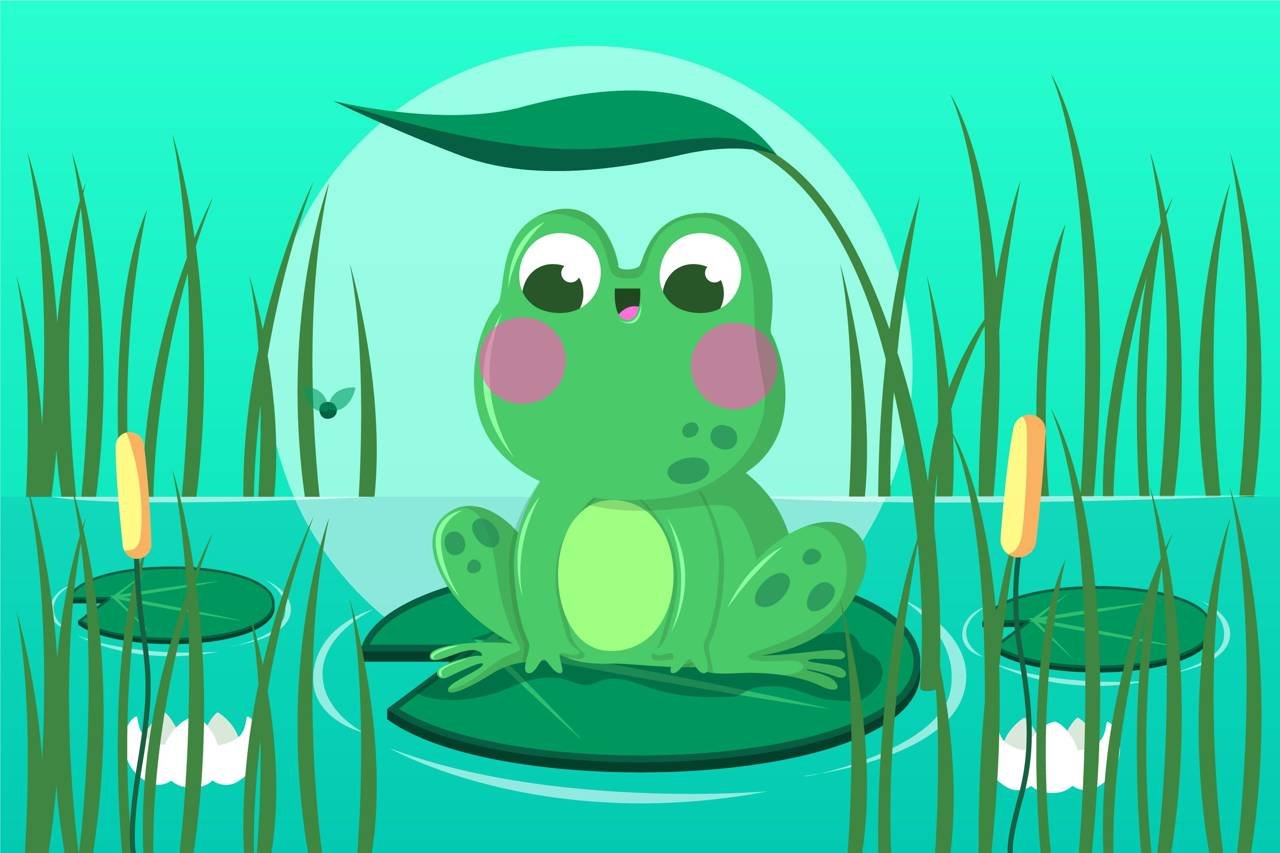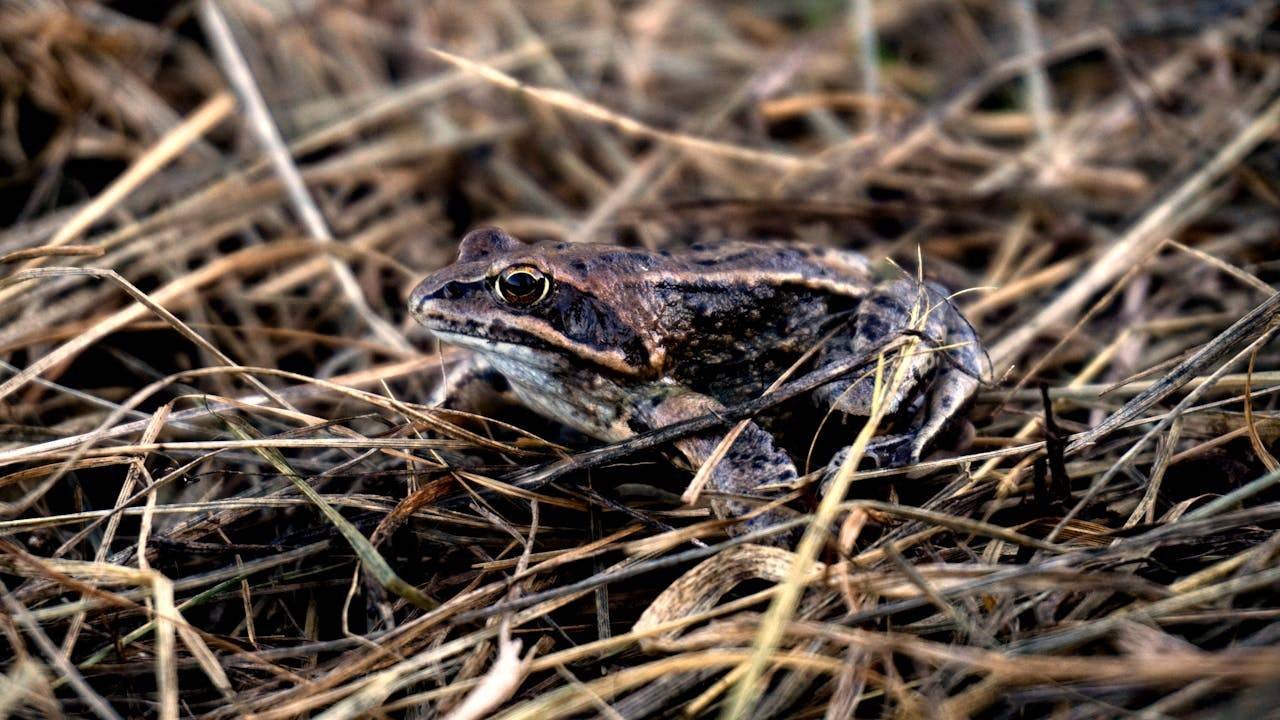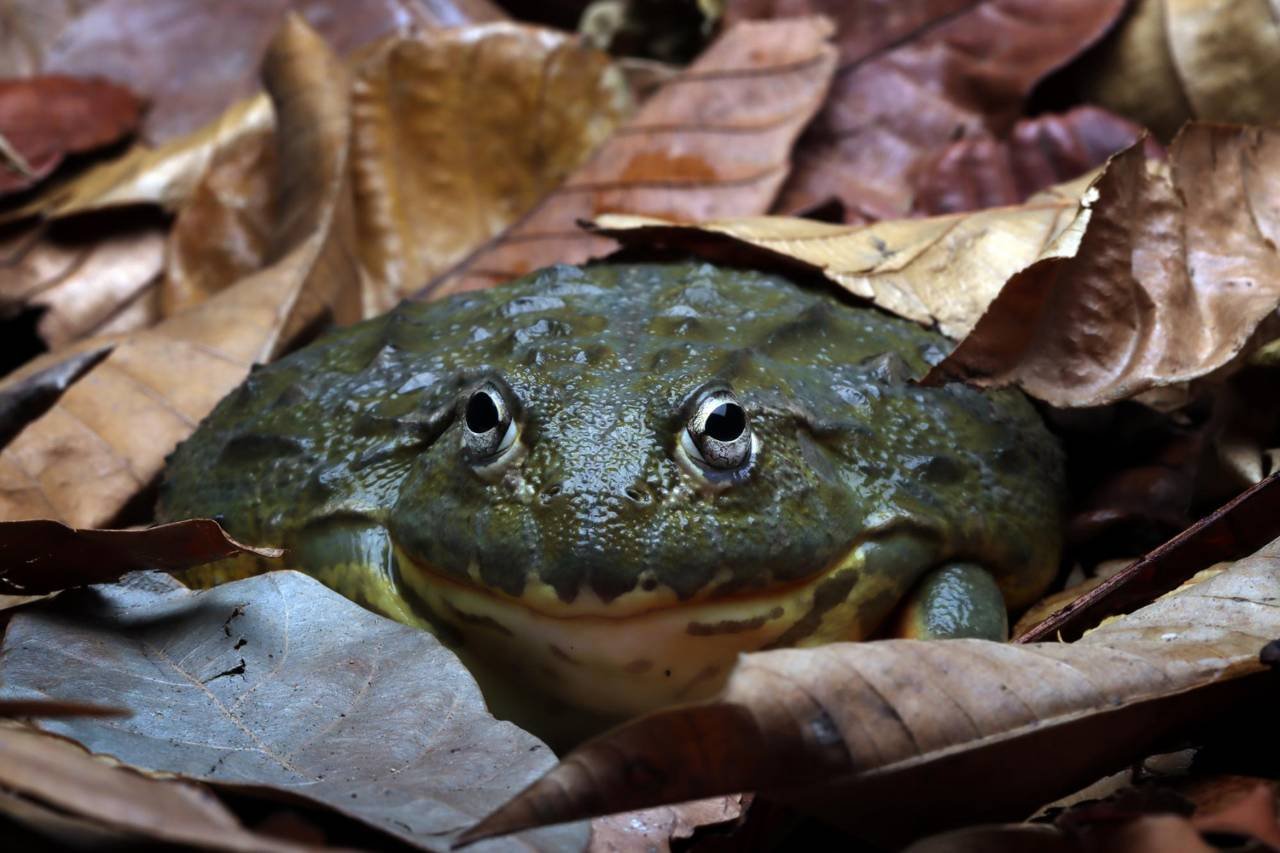The Frog King and the Winter Wizard: A Fairy Tale for Kids
The Frog King and the Winter Wizard: A Fairy Tale for Children Once upon a time, in the heart of a peaceful forest where trees stretched high into the sky and shimmering streams flowed, lived a wise and beloved Frog King. The Frog King was renowned for his justice and wisdom, qualities admired by all … Read more



